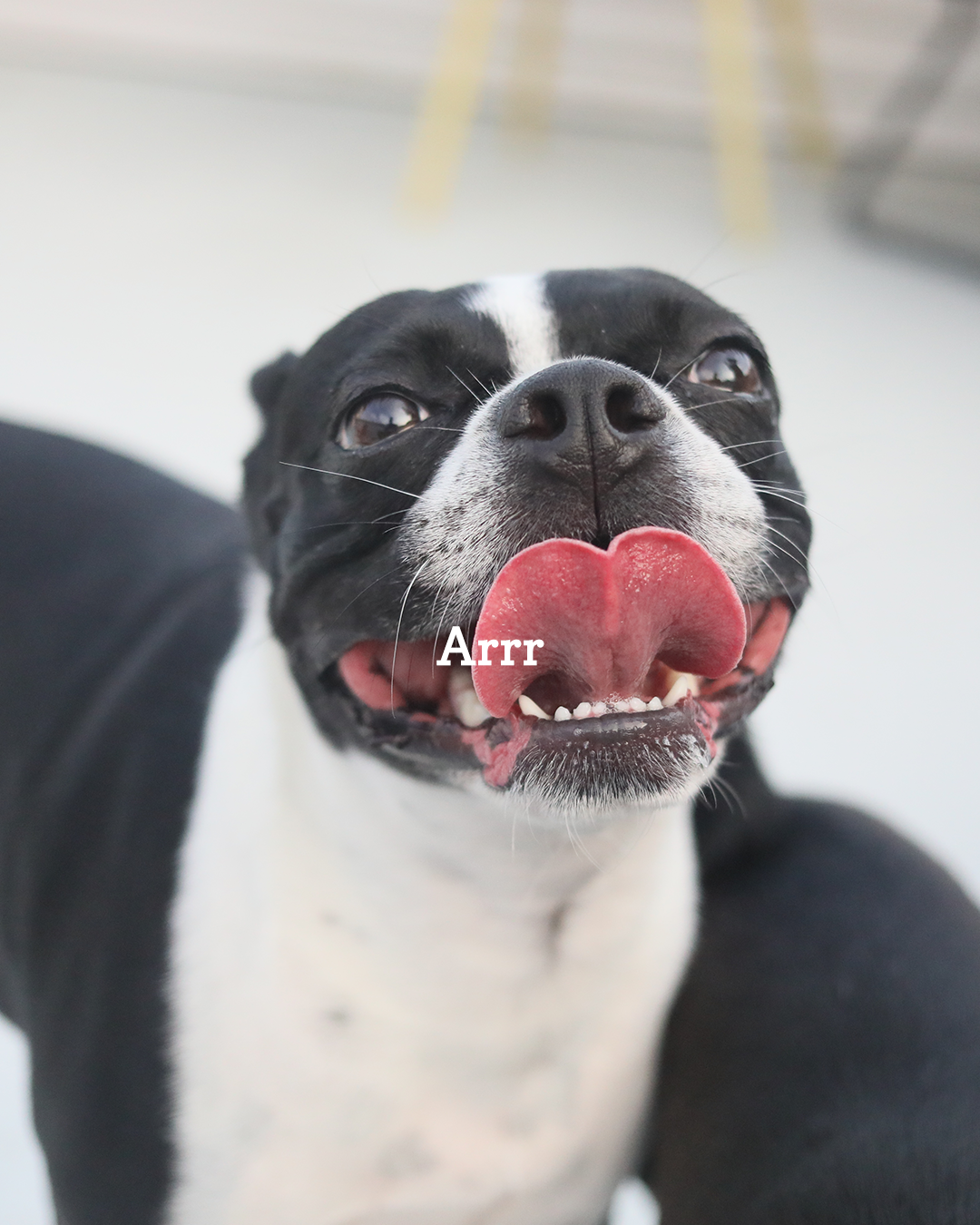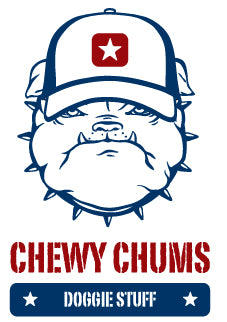
Release Cues Every Puppy Should Know (And How to Teach Them)
Chewy ChumsShare
The cue to release is one of the most overlooked parts of training.
We often focus on what to teach our dogs to do—sit, stay, come. But what about teaching them when to let go? That’s where release cues come in.
Whether your pup is tugging too hard, stealing socks, or refusing to drop a toy, learning “drop it” and “leave it” makes life easier—and safer—for everyone.
What’s a Release Cue?
A release cue tells your dog to:
- Let go of a toy or object
- Stop interacting with something
- End a command like “stay” or “wait”
It’s not punishment. It’s clarity. And clarity builds confidence.
The Two Most Important Release Cues
- Drop It Used during tug or when your pup has something in their mouth.
- Leave It Used to prevent interaction with something they’re about to grab (like a sock or chicken bone).
How to Teach “Drop It” With NeverBite™
- Begin with tug play
- Pause the movement
- Say “Drop it” clearly, then go still
- Wait for the release—then reward with more play or a treat
- Repeat until they associate “drop it” with positive outcomes
Because NeverBite™ is worn on your hand, you control the motion—and the moment.
Teaching “Leave It” From a Distance
- Place NeverBite™ on the ground nearby
- As your pup moves toward it, say “Leave it” and block access
- When they hesitate or turn away, reward instantly
- Repeat daily with different objects
This builds impulse control and respect for boundaries.
Why It Matters
A strong release cue helps:
- Prevent resource guarding
- Avoid accidental nipping
- Keep dogs safe in real-world scenarios (like dropped meds or food)
- Make tug and fetch more fun and functional
Final Word From the Crew
Training your pup to let go doesn’t mean ending the fun—it means creating space for better play, better trust, and better behavior.
🏴☠️ Want to teach it hands-on? NeverBite™ was built to help pups let go, safely and consistently.
